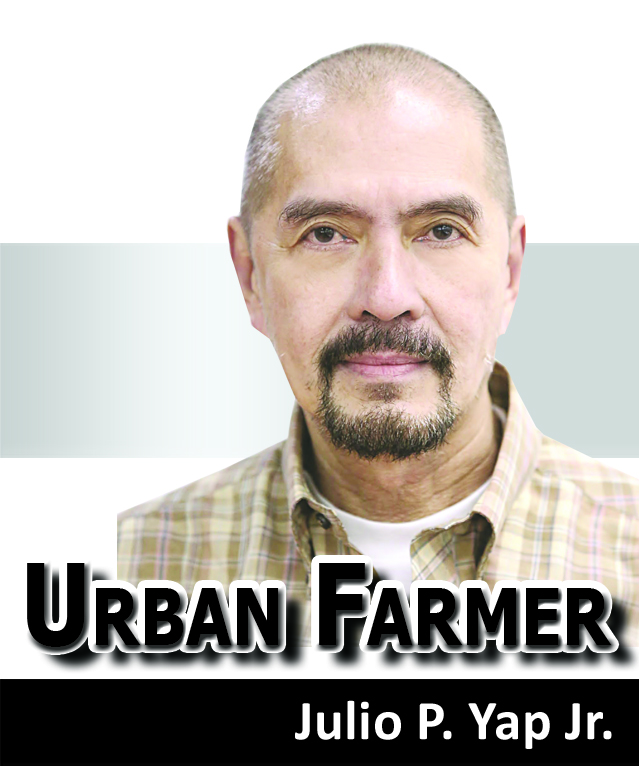 WHILE being dominated by backyard raisers, the goat industry in the country is now considered as a sunrise industry, and started gaining the attention of commercial investors.
WHILE being dominated by backyard raisers, the goat industry in the country is now considered as a sunrise industry, and started gaining the attention of commercial investors.
But during the early part of 2015, the local goat industry stands at a meager 3.67 million heads, dropping by 0.58 percent from previous year’s production. In fact, the inventory has been decreasing annually since 2010.
Statistics showed that the country’s small goat population can be attributed to two basic factors – high slaughter rate and low productivity.
The low productivity can be attributed to several factors, like the limited knowledge of the farmers regarding improved management practices and lack of access to quality breeders.
This leads to long production cycles of more than nine months, and low conception rate of only 75 percent for the dam and high pre-weaning mortality rate and low slaughter weight for the kids.
Despite the low supply of goat’s meat, there is a high demand, which indicates that there is an enormous potential in the production of goats.
Most particularly now that the preferences of consumers, both local and international, started to shift to healthy options.
This is because goat’s meat is known to be lower in saturated fat than chicken, pork and beef, low in cholesterol, but higher in protein.
This is the proper time to know that goat production requires lower investment with a high rate of return.
There is also high promise in producing authentic halal goat, a niche that Muslim Mindanao can embark on, considering the requirement of our Muslim brothers and sisters within and outside the country.
Considering the potentials, there is now an effort to address the gaps and potentials of the country’s goat industry in a holistic way through the Goat Industry Strategic S&T Program (ISP) of the Philippine Council for Agriculture, Aquatic and Natural Resources Research and Development of the Department of Science and Technology (DOST-PCAARRD).
The program introduces introduced science-based interventions on feeding, breeding, health, and farm recording in its effort to improve goat productivity and enhance goat-based enterprises.
At least three modalities have been developed by PCAARRD to help bring these technologies to geographically dispersed raisers, like the: Farmer Livestock School on Goat Enterprise Management, the e-learning courses on goat, and the artificial insemination delivery system.
It can be noted that PCAARRD has been very dynamic in promoting the gains of science and technology (S&T) through its Farm-Industry Encounters through the Science and Technology Agenda (FIESTA).
FIESTA, which is being conducted in the different parts of the country, is an event-based technology transfer modality which aims to promote S&T and its products towards providing competitive and profitable business ventures for the micro, small, and medium enterprises in the agriculture, aquatic, and natural resources sectors of the country.
It reflects the vision and direction of S&T as laid down under PCAARRD’s Strategic Industry S&T Program for Agri-Aqua Growth (SIPAG), which seeks to provide science-based know-how and tools that will enable the agri-aqua sector to raise productivity to world-class standards. (jaypeeyap@ymail.com/PN)






